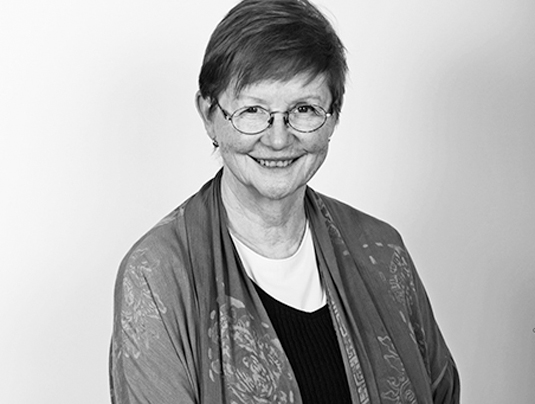Tortured artists: do you suffer for your art?
Do demons kindle creativity? We invite experts into the world of the tortured commercial artist.
The expert says creativity leads to improved not worsened health…

What was the thinking behind your book Everyday Creativity?
I believe there are serious misunderstandings about creativity and mental health that can even be dangerous to people. The real message is about health, not illness – even with a personal or family history of a mood disorder.
What do you think of madness as an elevated state?
The message is about moderation, balance, harmony, if you will, between a creative source of inspiring thoughts and the executive functions to use these productively. That is, a balance of divergent thinking and convergent thinking.
We found at Harvard Medical School a "creative advantage" that peaks during better functioning times. Yet some people think the sicker the better.
Too many people think that therapy might hurt their creativity or they may stop taking very important medications. This is not the way to increase creativity.
Is the idea of a tortured artist a self-fulfilling prophecy?
Creativity is seen as healing by many art therapists, expressive artists, humanistic psychologists and multiple others. It might even be preventative for certain persons who are "at risk."
So this misunderstanding about tortured artists may not only put people at risk, but also keep them from the treatments that may help them feel immensely better and bring out underlying talents and abilities to contribute to our society.
Daily design news, reviews, how-tos and more, as picked by the editors.
Ruth leads creativity studies courses at Saybrook University, CA. Everyday Creativity is available to buy now.
Like this? Read these...
- How to become an artist without traditional art school
- Inspirational workspace is alive with creativity
- The secret to becoming a successful street artist

The Creative Bloq team is made up of a group of art and design enthusiasts, and has changed and evolved since Creative Bloq began back in 2012. The current website team consists of eight full-time members of staff: Editor Georgia Coggan, Deputy Editor Rosie Hilder, Ecommerce Editor Beren Neale, Senior News Editor Daniel Piper, Editor, Digital Art and 3D Ian Dean, Tech Reviews Editor Erlingur Einarsson, Ecommerce Writer Beth Nicholls and Staff Writer Natalie Fear, as well as a roster of freelancers from around the world. The ImagineFX magazine team also pitch in, ensuring that content from leading digital art publication ImagineFX is represented on Creative Bloq.
